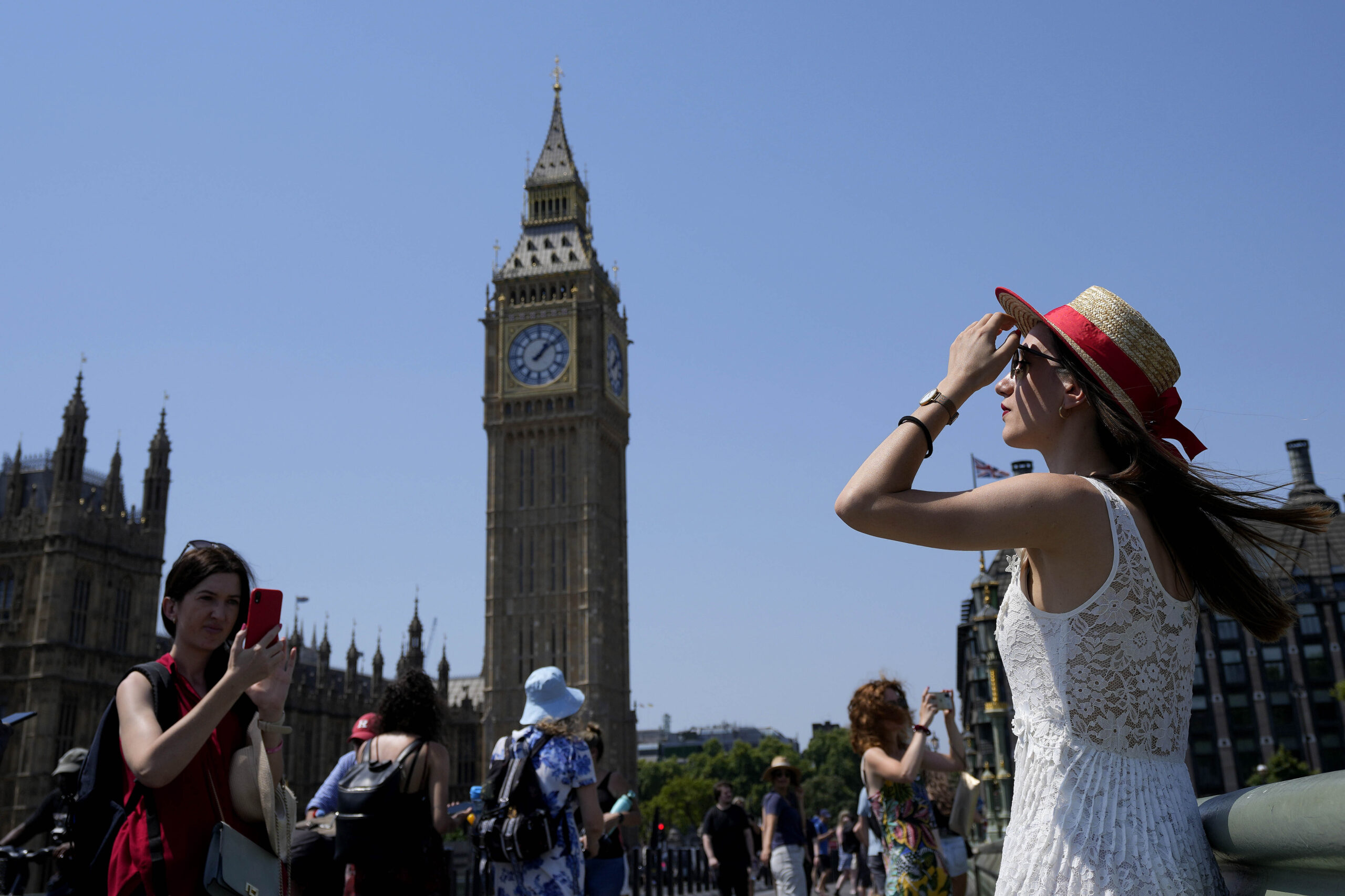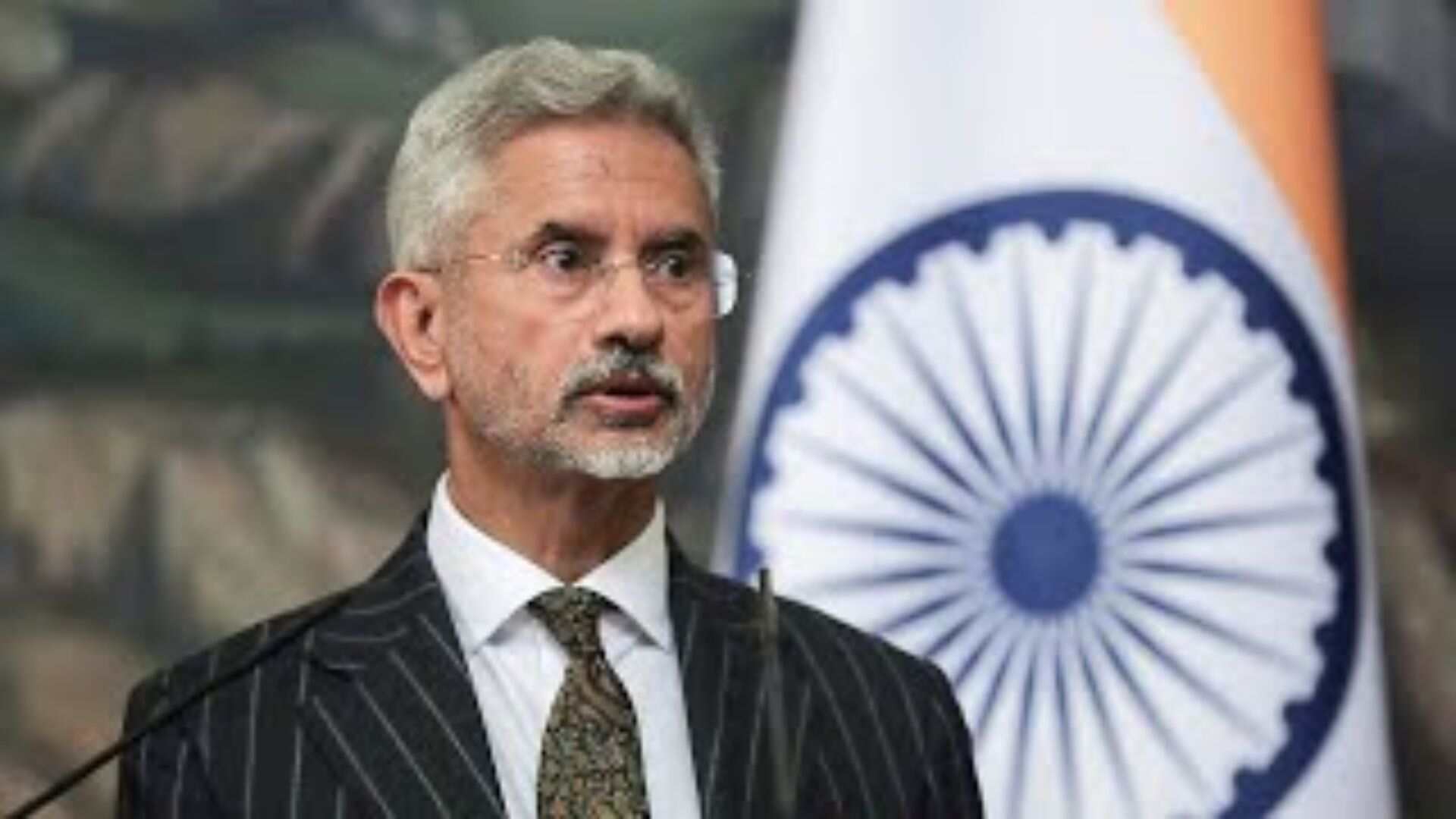
The blocks of the past preserved across the ages, bearing tales of bygone generations, form the present heritage. That heritage, which embodies the collective memory of the populace, is the linking bridge between historical relics and the future aspirations of a living civilization. The unique aspect of the subject is that it belongs to the inheritors, which happen to be the masses in most cases; the responsibility for its preservation also lies with them. However, as with a mob, it doesn’t have a face or individual identity, so seeking accountability, too, becomes a challenge as no one can be blamed. In order to quell those entanglements, the State often takes matters into its own hands and manages, conserves, and, if needed, restores the heritage to its forgone glory. National and provincial governments across the globe display a keen interest in these affairs for another reason that is exclusive of their emotional value, and that is the economic worth attached to them. Sites of historical and cultural significance attract visitors in large numbers who are keen to behold the sight and forge a beautiful memory. Spiaggia Rosa, the well-known pink beach in Italy, is one such location. It is situated on Budelli Island in the Maddalena Archipelago of Sardinia. Its pink sand gets its exquisite rosy colour from an amalgamation of calcium carbonate, crushed shells, and coral.
Travellers from all over the world were attracted to the unique site, which aided in the growth of the local economy. However, a few weeks ago, beachgoing was prohibited by the provincial lawmakers, to preserve the natural beauty of its coastal treasures. The phenomenon encountered by the lawmakers here is referred to as over-tourism. The commercial activity, which acted as a boon for the local livelihood due to sudden growth that continued at a relentless pace, turned into a calamitous bane for people as well as the nature and ecology of the destination. Apart from the stunning coastlines, even the most well-known tourist destination in Italy, Venice, suffers the consequences of over-tourism.
The severity of this has increased the cost of life in the city, driving locals out. Thirty years ago, there were approximately 120,000 native residents in Venice; today, there are just 55,000. The local culture eventually decays due to the dwindling ethnic demographics, and the area eventually loses its distinctiveness as a result. Thankfully, the government and civic society recognised that their cultural legacy was deteriorating, took proactive preventive measures, and introduced substantial legislation that would restore the splendour it originally had.
On the other hand, if we look at the scenario back in India, tourism as an industry is one of the significant contributors to the race for economic growth. According to Union Culture and Tourism Minister G. Kishan Reddy, India witnessed a fourfold rise in the number of foreign tourists following the pandemic. Taking that into account, the cabinet minister announced a Global Tourism Investment Summit, highlighting the significance of the industry as well as the commitment of the government to ensure its upsurge. At the same time, PM Narendra Modi has vouched for “ecotourism” and said that India’s efforts in the tourism sector are centred on preserving its rich heritage while creating a world-class infrastructure for tourism. He was precisely talking about a balance to be maintained between the preservation of heritage and tourism. However, a closer examination reveals a significant conservation challenge in areas suffering from environmental distress, such as the Western Ghats, which cover six states and are home to 13 national parks. Seeing the incessant floods and landslides in the region, two committees were formed: the Madhav Gadgil Committee and the Kasturirangan Committee, both of which found over-tourism a major contributor to the degradation. It recommended the creation of ecologically sensitive areas (ESA), which will be no-go zones. But today, even after eleven years, the recommendations are yet to be implemented. The haunting memory of the catastrophic 2013 flash floods, which engulfed Uttarakhand and claimed the lives of thousands, remains vivid in the collective consciousness. Reflecting on the tragic calamity, residents now share a sombre perspective, suggesting that the force of the river’s fury seemed like nature’s attempt to purify Uttarakhand from the grip of its own insatiable greed. A few months after the occurrence, the Uttarakhand High Court issued a directive compelling the state to cease all construction activities “within a 200-metre radius from the banks of any river in the region”. Regrettably, the landscape continues to be marred by unauthorised structures that persistently punctuate the riverbeds.
Within India, the travel and tourism sector has burgeoned into a formidable $194.3 billion market, constituting a substantial 6.8% contribution to the nation’s GDP, and the sector has provided 79.86 million direct and indirect jobs in 2019-20 as per the 3rd tourism satellite account (TSA). However, this impressive growth is not without its consequences. A comprehensive study conducted in 2017 underscored the significant ramifications associated with the strain of an excessive tourist influx. Among the noteworthy predicaments arising from this trend are the isolation of local residents, the erosion of the quality of tourist experiences, the overwhelming burden on infrastructural capacities, the degradation of natural landscapes, and the alarming jeopardy posed to indigenous culture and invaluable heritage sites. This unchecked influx of tourists also fosters an unsettling commercialization while simultaneously propelling a distressing decline in environmental quality. The litany of environmental concerns encompasses the exacerbation of waste accumulation, escalating noise levels, and compromised air and water quality, all of which collectively contribute to a disquieting deterioration of the urban ecosystem. The growth in income and the young population’s rising interest in adventure activities are burgeoning tourism demands. But India has had a poor record when it comes to sustainable tourism, and the recent footage of thousands thronging the Dudhsagar Falls in Goa speaks for itself that somewhere we have not learned from our mistakes. The balance between tourism and environmental as well as heritage conservation should be the main aim that policymakers should take into account, as only this can help prevent situations like that of Thailand’s Maya Bay white sand beach, which had to be closed for three years because due to over-tourism, coral reefs were unable to recover. Stakeholders and policymakers need to react before it’s too late to reverse the destruction.
Nishant Kumar Hota is a student of sociology with a keen interest in politics, history and international relations. Adarsh Jha is a research associate at a Delhi-based think tank and an environmental engineering graduate.















